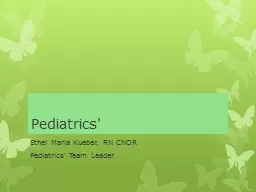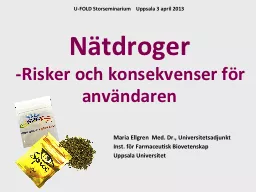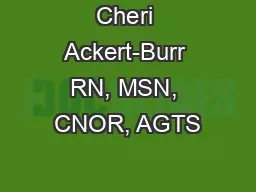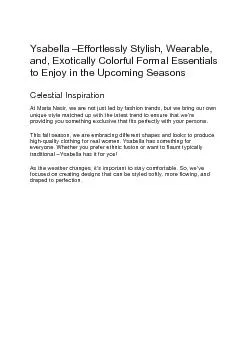PPT-Pediatrics' Ethel Maria Kueber, RN CNOR
Author : natalia-silvester | Published Date : 2018-03-13
Pediatrics Team Leader Pediatrics Team members Ericksons Specials Needs Equipment Special mentions Team Members Anesthesia ProvidersSurgeons Nurses Surgical Techs
Presentation Embed Code
Download Presentation
Download Presentation The PPT/PDF document "Pediatrics' Ethel Maria Kueber, RN CNOR" is the property of its rightful owner. Permission is granted to download and print the materials on this website for personal, non-commercial use only, and to display it on your personal computer provided you do not modify the materials and that you retain all copyright notices contained in the materials. By downloading content from our website, you accept the terms of this agreement.
Pediatrics' Ethel Maria Kueber, RN CNOR: Transcript
Download Rules Of Document
"Pediatrics' Ethel Maria Kueber, RN CNOR"The content belongs to its owner. You may download and print it for personal use, without modification, and keep all copyright notices. By downloading, you agree to these terms.
Related Documents













